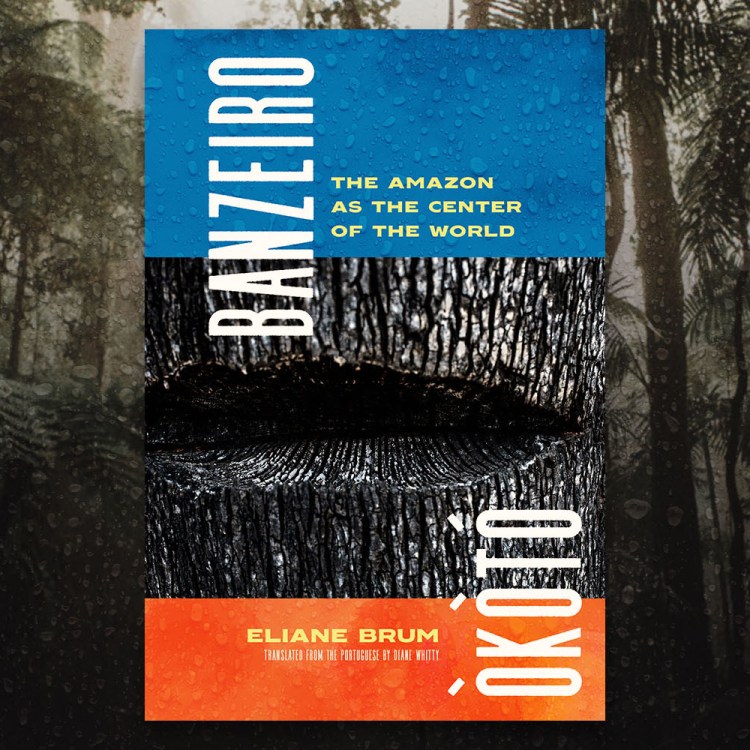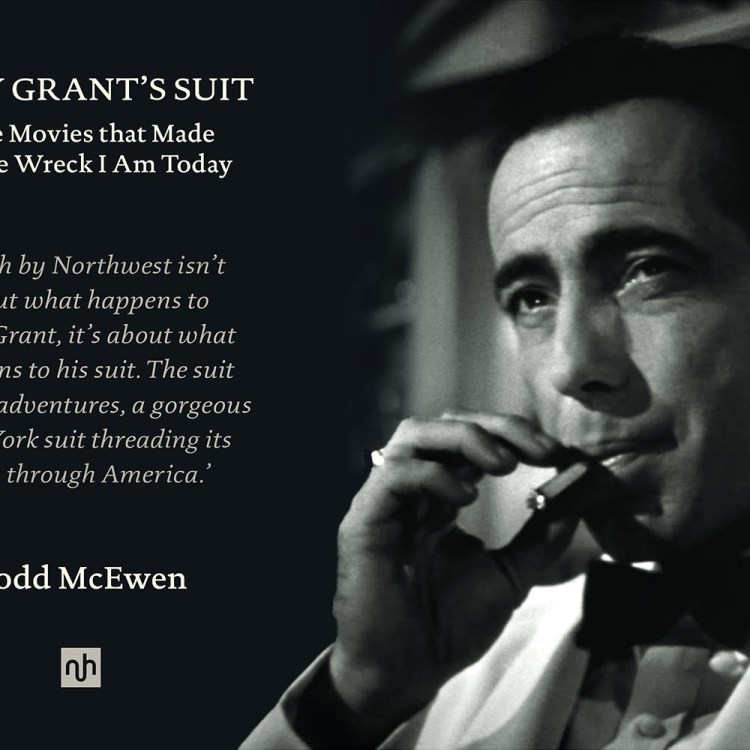Don Quixote was one of the first novels to be propelled by the advances in the printing press. The book was printed in 1605 with 13,500 available copies in the first 10 years. As a result, Don Quixote became a well-known character worldwide, Smithsonian Magazine writes, but that fame came with a downside.
The novel was so popular that another writer decided to produce a sequel. Miguel de Cervantes Saavedra, the original author, felt like he owned the character, and was upset that someone besides him would have the nerve to pen a sequel.
Cervantes was also counting on the book to solve his financial struggles, according to the Smithsonian. So he decided to write his own sequel, in which Don Quixote defeats an imposter. Cervantes realized that the biggest rival the character faced was actually print shops, because they did not “care about originality, ownership, or artistic integrity—only sales.”
So Don Quixote visited a print shop and marveled at the industry, but then discovered an unauthorized version of his life being printed, and left “in a huff,” Smithsonian writes.
In modern times, a similar story is being told, albeit with different technology. Paper and print have been largely replaced with screens and servers, and fan fiction — another term for unauthorized sequels, writes Smithsonian — is incredibly popular.
Creators are still fighting the same battle that Don Quixote once faced: Tilting at larger forces that are nearly impossible to fend off.
This article was featured in the InsideHook newsletter. Sign up now.





















